The Most Popular Winter Sports in the Olympics
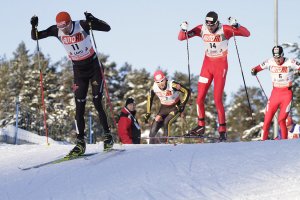
Winter sports require snow or ice for the right playing conditions. If you want to play them outdoors, you’ll need to travel north for the right conditions or resort to indoor settings with artificial slopes or rinks to practice during the summertime. Read all about winter sports in our post today.
Winter sports
Snow or ice are necessary conditions for winter sports. But, you aren’t limited to playing only during the colder months; you can also practice on artificial slopes or rinks as well. Check out the most popular winter sports below:
1. Ice hockey: winter sports
Ice hockey games are between two teams of six players. The teams have five players out and about on the rink along with one goalie. The teams use a hockey stick to move the puck into the opponent’s goal.
The team with the most goals at the end of the 60-minute game wins. Furthermore, the game is divided into three 20-minute parts. Ice hockey started in Canada and is quite popular in the United States, Finland, Switzerland, Russia, and Central Europe.
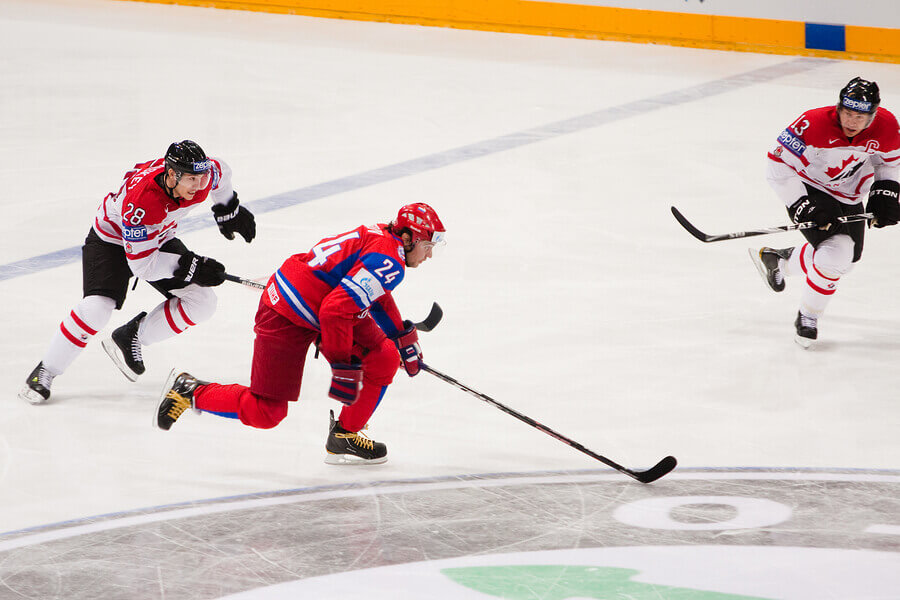
2. Figure skating
Figure skating is hands down one of the most incredible Winter Olympic events to watch. In figure skating, participants interpret a musical piece by spinning, jumping and dancing on ice skates. The judges focus on three aspects: technique, difficulty, and originality.
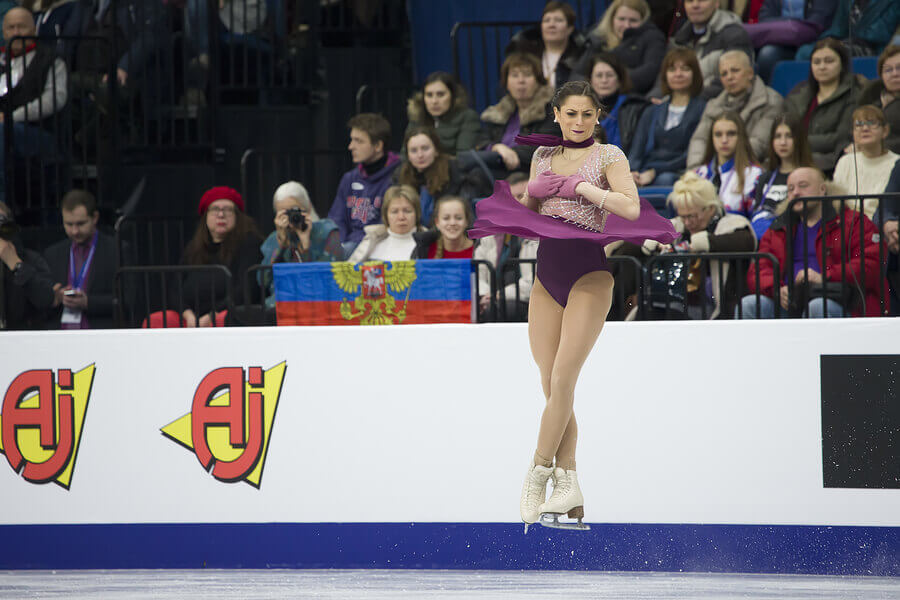
3. Alpine skiing: a different modality for winter sports
Alpine skiing is only one of the different modalities of skiing. It receives its name from where the sport first originated, the Alps. Alpine skiers descend the slope on the marked course as fast as they can.
The alpine skiing championships have taken place since 1931. Some years after, the sport joined the Olympic Games in 1936.

4. Bobsleigh
Another big Winter Olympic sport is bobsleigh. Bobsleigh forms part of the sled family of sports, along with skeleton and luge. Currently, the bobsleigh uses chilled concrete tracks to create a labyrinth of curves and straight sections. The track has a total length of 1,200 meters.
Competitors can compete in teams of two, four or six people. They use steel bobsleighs and they must start off by running along the side of the sleigh to begin their run as there are no motors.

5. Speed skating: one of the most well-known winter sports
Another exciting event at the Winter Olympic Games is speed skating. Speed skating is a race that takes place on an oval ice rink.
On their ice skates, skaters participate in either the six men’s events (500, 1,000, 1,500, 5,000 and 10,000 meters and team pursuit) or the six women’s events (500, 1,000, 1,500, 3,000, 5,000 and team pursuit).
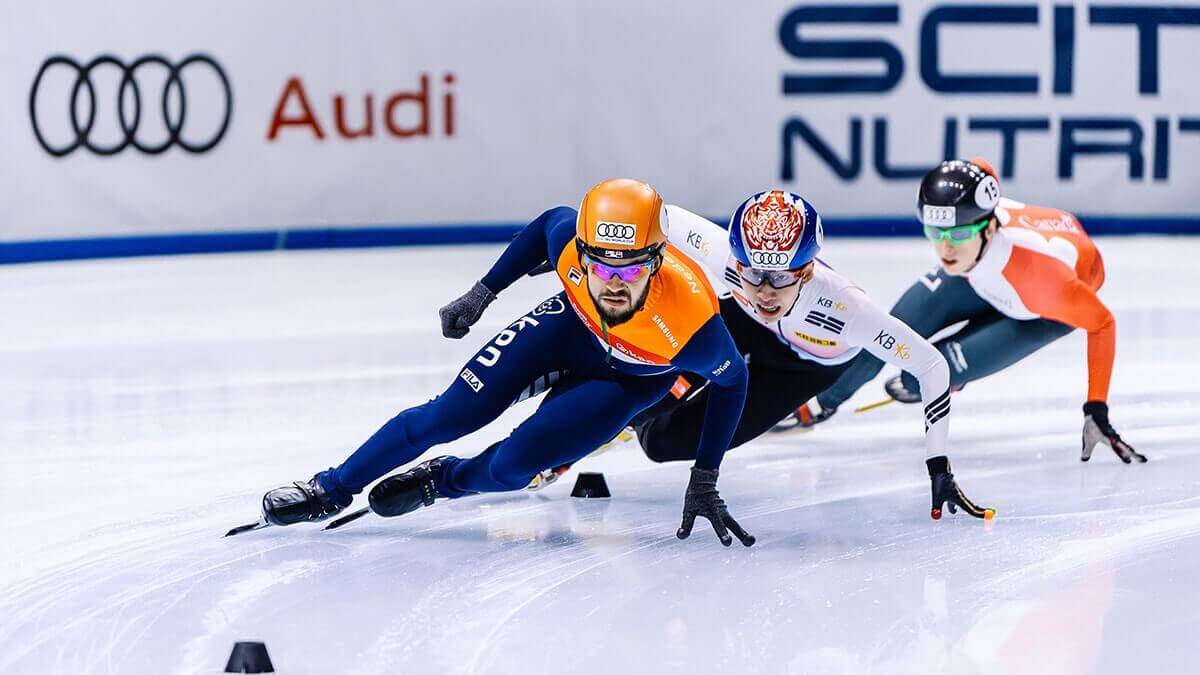
5. Snowboarding
Snowboarding is one of the most extreme winter sports around and people practice it all over the world. Unlike skiing, snowboarders descend slopes side-ways on a single board.
The first snowboarding competitions date back to 1970. There are different modalities in snowboarding: freestyle, parallel slalom, freeride and boardercross.
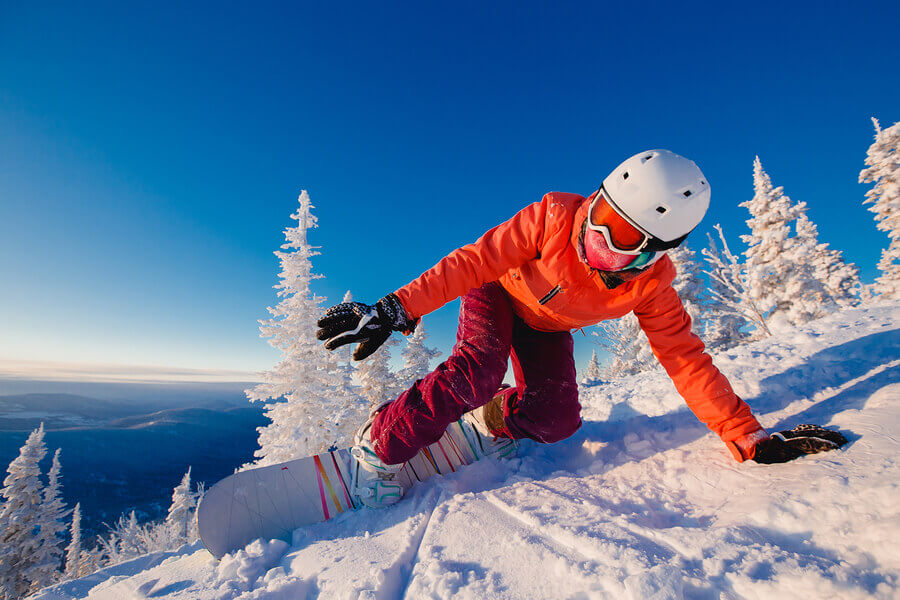
7. Ski jumping
Ski jumpers descend down a ramp, picking up speed to launch themselves in the air to travel as far as they can. The sport first started in the 1924 Olympic Games and not surprisingly, requires serious technique. Jumpers have to keep their movements and body in balance during the entire jump, which is later evaluated by the judges.
8. Nordic combined
Our last popular winter sport consists of two events: sky jumping with trampoline and cross-country skiing. The first competition took place in Oslo, 1892 and only featured male contestants.
But, the Nordic combined has been an Olympic sport since 1924 and has three events: individual, teams of four, and sprint. They can last for days.
Other winter sports that we’d like to include in our post are short track speed skating, synchronized skating, cross-country skiing, speed skiing, telemark, and snowmobile racing. Try the one that seems most interesting to you!
Winter sports require snow or ice for the right playing conditions. If you want to play them outdoors, you’ll need to travel north for the right conditions or resort to indoor settings with artificial slopes or rinks to practice during the summertime. Read all about winter sports in our post today.
Winter sports
Snow or ice are necessary conditions for winter sports. But, you aren’t limited to playing only during the colder months; you can also practice on artificial slopes or rinks as well. Check out the most popular winter sports below:
1. Ice hockey: winter sports
Ice hockey games are between two teams of six players. The teams have five players out and about on the rink along with one goalie. The teams use a hockey stick to move the puck into the opponent’s goal.
The team with the most goals at the end of the 60-minute game wins. Furthermore, the game is divided into three 20-minute parts. Ice hockey started in Canada and is quite popular in the United States, Finland, Switzerland, Russia, and Central Europe.

2. Figure skating
Figure skating is hands down one of the most incredible Winter Olympic events to watch. In figure skating, participants interpret a musical piece by spinning, jumping and dancing on ice skates. The judges focus on three aspects: technique, difficulty, and originality.

3. Alpine skiing: a different modality for winter sports
Alpine skiing is only one of the different modalities of skiing. It receives its name from where the sport first originated, the Alps. Alpine skiers descend the slope on the marked course as fast as they can.
The alpine skiing championships have taken place since 1931. Some years after, the sport joined the Olympic Games in 1936.

4. Bobsleigh
Another big Winter Olympic sport is bobsleigh. Bobsleigh forms part of the sled family of sports, along with skeleton and luge. Currently, the bobsleigh uses chilled concrete tracks to create a labyrinth of curves and straight sections. The track has a total length of 1,200 meters.
Competitors can compete in teams of two, four or six people. They use steel bobsleighs and they must start off by running along the side of the sleigh to begin their run as there are no motors.

5. Speed skating: one of the most well-known winter sports
Another exciting event at the Winter Olympic Games is speed skating. Speed skating is a race that takes place on an oval ice rink.
On their ice skates, skaters participate in either the six men’s events (500, 1,000, 1,500, 5,000 and 10,000 meters and team pursuit) or the six women’s events (500, 1,000, 1,500, 3,000, 5,000 and team pursuit).

5. Snowboarding
Snowboarding is one of the most extreme winter sports around and people practice it all over the world. Unlike skiing, snowboarders descend slopes side-ways on a single board.
The first snowboarding competitions date back to 1970. There are different modalities in snowboarding: freestyle, parallel slalom, freeride and boardercross.

7. Ski jumping
Ski jumpers descend down a ramp, picking up speed to launch themselves in the air to travel as far as they can. The sport first started in the 1924 Olympic Games and not surprisingly, requires serious technique. Jumpers have to keep their movements and body in balance during the entire jump, which is later evaluated by the judges.
8. Nordic combined
Our last popular winter sport consists of two events: sky jumping with trampoline and cross-country skiing. The first competition took place in Oslo, 1892 and only featured male contestants.
But, the Nordic combined has been an Olympic sport since 1924 and has three events: individual, teams of four, and sprint. They can last for days.
Other winter sports that we’d like to include in our post are short track speed skating, synchronized skating, cross-country skiing, speed skiing, telemark, and snowmobile racing. Try the one that seems most interesting to you!
All cited sources were thoroughly reviewed by our team to ensure their quality, reliability, currency, and validity. The bibliography of this article was considered reliable and of academic or scientific accuracy.
- Meyer, N. L., Manore, M. M., & Helle, C. (2011). Nutrition for winter sports. Journal of Sports Sciences. https://doi.org/10.1080/02640414.2011.574721
This text is provided for informational purposes only and does not replace consultation with a professional. If in doubt, consult your specialist.








